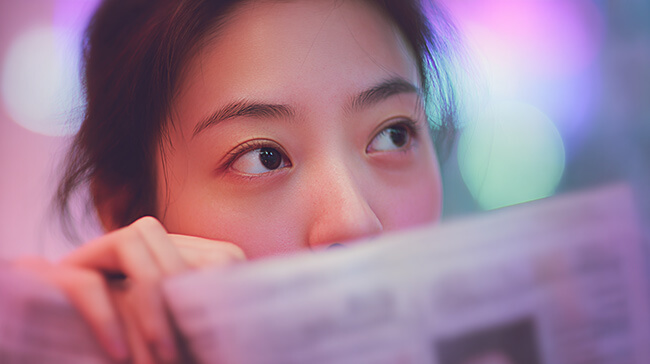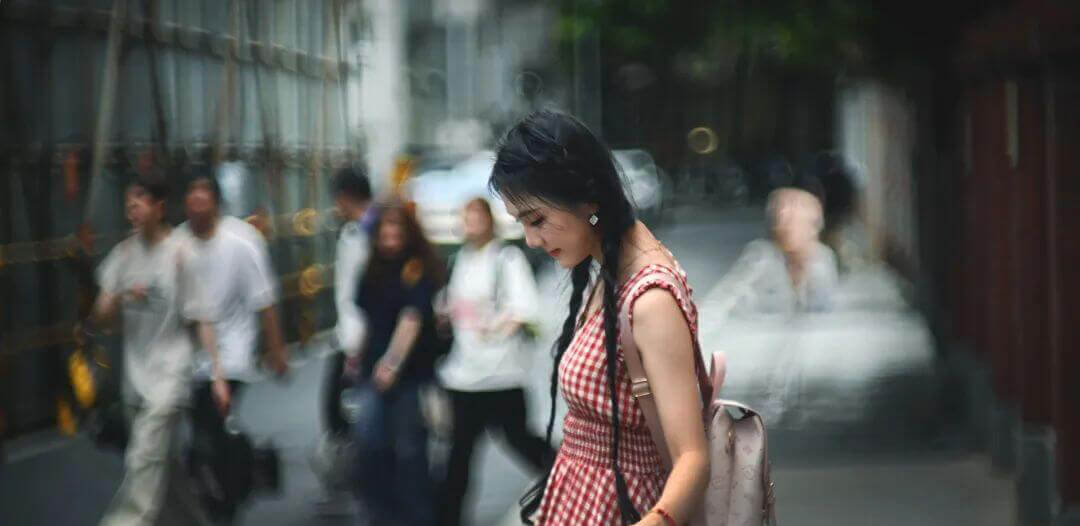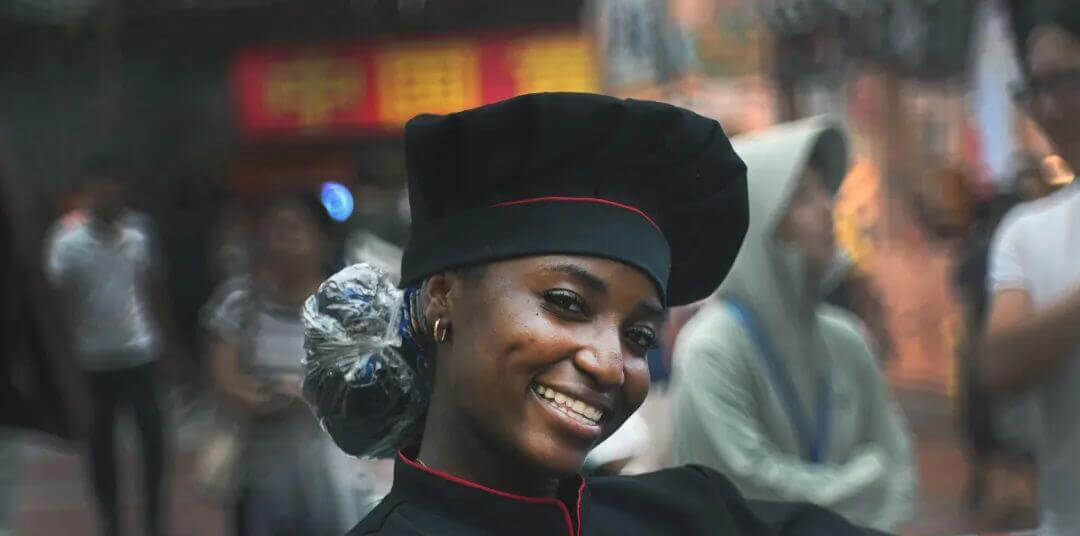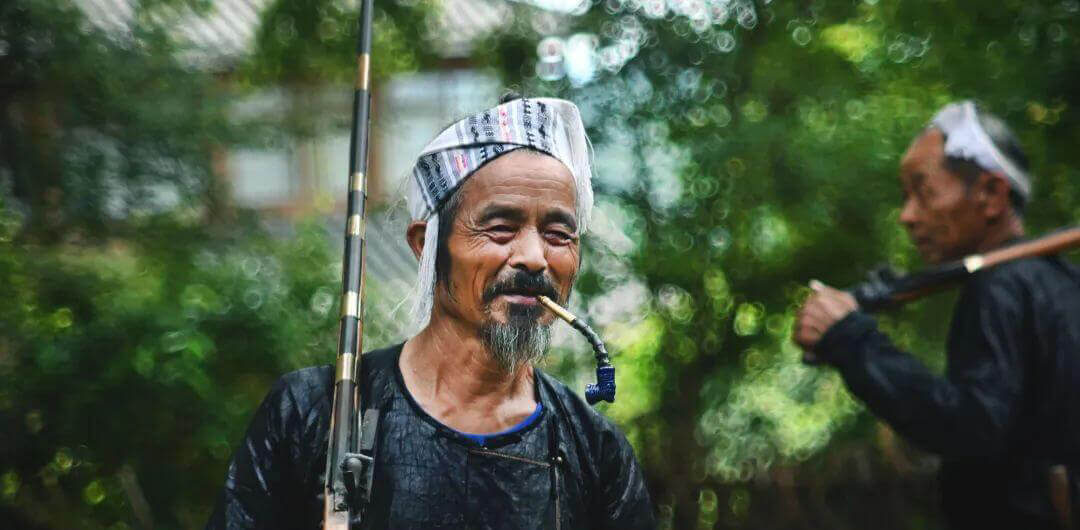For newbies taking portraits, the most frustrating thing is the "awkwardness attack" — as soon as the lens is pointed, the model instantly stiffens: hands don't know where to go, feet stand in a "parade rest" position, smiles look like a forced twitch of the corners of the mouth. The photographer panics too, staring into the viewfinder for ages, only to squeeze out, "Just relax a bit." The result is usually: the model gets more nervous, and the photos are full of traces of "being forced to work."
In fact, the core of portrait photography is not "posing" but "guiding the state." Newbies don't need to pursue complex movements; mastering three simple ideas can make the model look natural and capture non-awkward photos.


Idea 1: Replace "deliberate posing" with "daily actions"
When people do familiar things, their bodies automatically relax. Instead of asking the model to "think of a pose," guide them to repeat daily actions — these actions are hidden in life, natural and authentic.
For example, when shooting a girl, try these instructions: "Tuck your hair behind your ear, slowly, and look at the shadow on the ground," "Rest your hand on the edge of your pocket, gently pull the corner of your clothes, no need to look at the lens," "Lower your head to look at your shoes, smile or not, just be natural." Don't underestimate these small movements: when tidying hair, the shoulders will unconsciously sink; when pulling the the corner of a garment, the arm will curve naturally; when looking down at shoes, the neck line will soften — these details are more vivid than "stand straight, chest out, smile."
The key is to "give details" when guiding, not to say "relax," but "try to..." For example, when shooting a boy, instead of saying "be cooler," say "put your hands in your pockets, turn your body slightly to the left, and look at the street lamp in the distance." Specific action instructions make the model focus on "doing something" rather than "being photographed," and the tension will quietly disappear.

Idea 2: Use "interaction with props" to find "support points" for the body
Many people stiffen in front of the lens because they are "at a loss" — hands don't know where to put, feet don't know how to stand. At this time, give them a prop to let the body have a "point of focus," and the awkwardness will be relieved immediately.
Props don't need to be complicated; everything around can be used: shooting in a café, let the model hold a cup and "take a slow sip, looking at the tree outside the window"; shooting in a park, pick a leaf and "twist the leaf in your hand, look down at it"; shooting on the street, lean against the railing and "rest your elbow on the railing, hand supporting your chin." The role of props is to "divert attention." For example, letting the model hold a book, she will naturally adjust the angle of her arm; letting her hold the bicycle handle, her body will subconsciously lean forward or sideways. These postures generated by props are more coordinated than stiffly posed ones.
Newbies should remember: props are not "decorations" but "interaction media." When guiding, use more "verbs": touch, pinch, lean, lift, twist... For example, "Wrap the scarf around your neck, stop halfway" is more effective than simply saying "hold the scarf."

Idea 3: Use "dynamic instructions" to capture "natural moments"
Static poses are easy to be stiff, but dynamic movements can hide tension. Let the model "move," and the photographer can capture the most relaxed state in the dynamics.

Dynamic instructions don't need to be intense; slow movements are more suitable for newbies: "Turn around slowly, from left to right, look around freely while turning, I'll take snapshots," "Take a few small steps forward, look back at me when you take the third step," "Smile with your head down, then slowly look up." In dynamics, the model's body will stretch naturally: when turning, the shoulders will drive the waist to rotate; when walking, the skirt will have a curve; when looking up, the chin will lift slightly — these "imperfect" small details are exactly the source of authenticity.
When shooting dynamics, newbies don't need to pursue "getting it right in one shot"; press the shutter more. For example, let the model "walk down the steps slowly," take 10 consecutive shots, and there will always be one where the angle of the feet, the swing of the hands, and the expression are all natural. After shooting, you can smile and say, "That third step was great just now, let's do it again." The model will feel recognized and be more willing to cooperate.
Finally, the core of newbies taking non-awkward portraits is "making the model feel that they are 'not taking photos' but 'doing a small thing.'" Use less "pose like this" and more "try doing this"; pay less attention to "whether the pose is standard" and more to "whether the state is natural."
At first, you may be flustered, but just remember: a natural state is always more touching than a perfect pose. Talk more with the model, guide them in a relaxed tone, and as you shoot, you'll find — the awkwardness is gone, and the person in the photo has light in their eyes.
Related Tags: Experience in using cameras How beginners can take portrait photos
